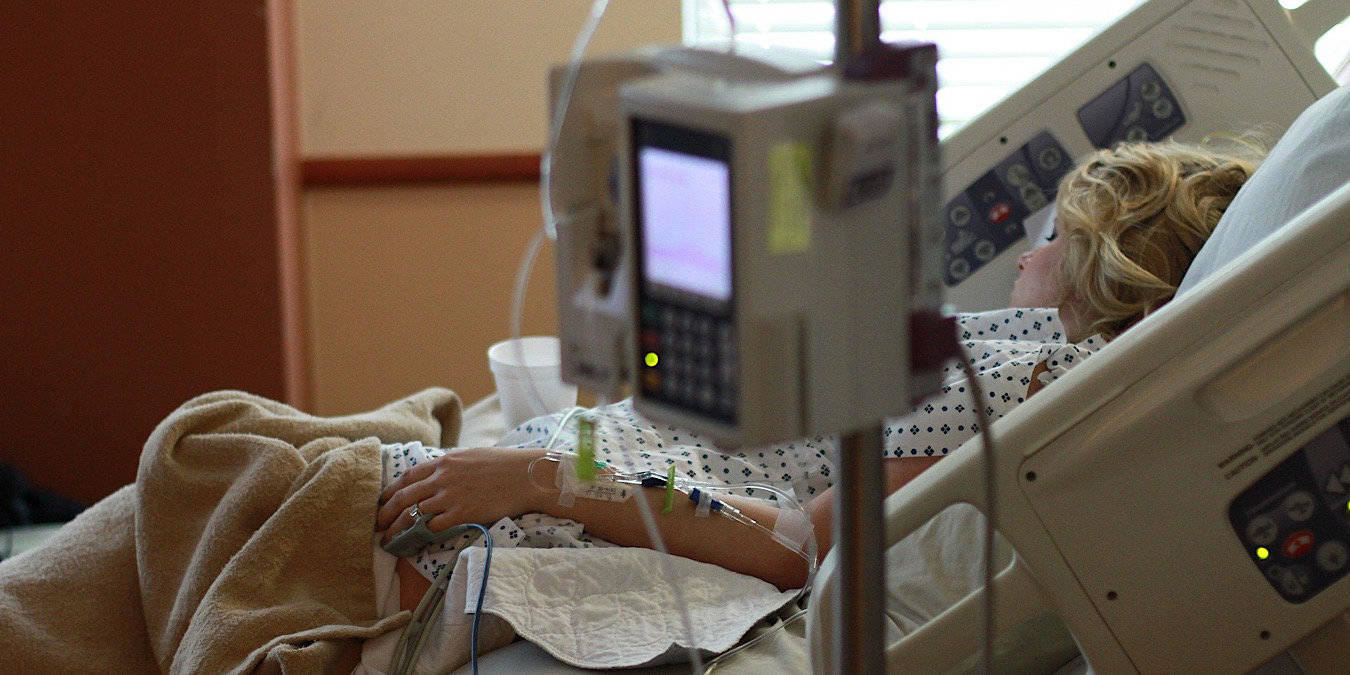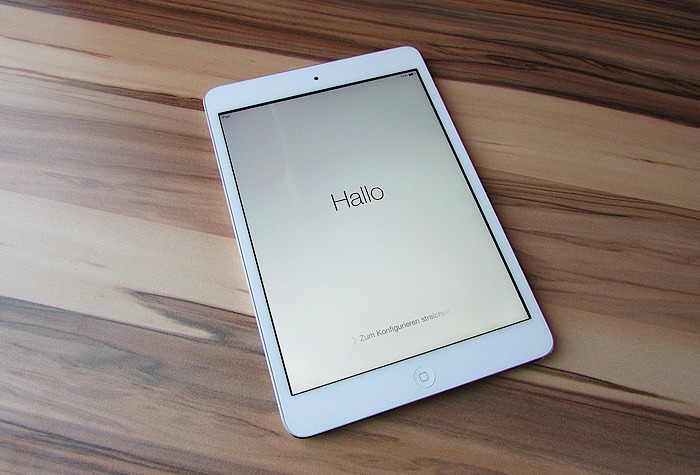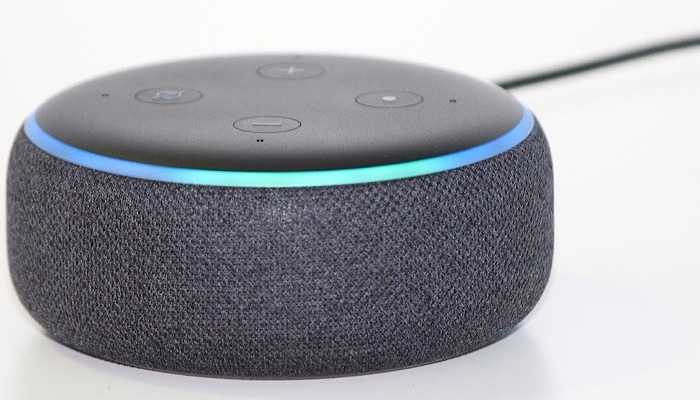
A year ago we published news and a discussion about two different hospital solutions. One of them definitely seemed outlandish while the other just seemed like a luxury. But with the coronavirus pandemic all around us, suddenly it’s making more sense to have robots and Echos in patient rooms. iPads and iPhones are being used in hospitals more often as well. These solutions are now seeming like they would be a godsend to hospital staff.
iPads and iPhones in Hospital Rooms
There have been several nurses making appearances on TV and posting their own stories to social media. Coronavirus COVID-19 patients many times aren’t allowed to see their family members as they lie dying alone in the hospital. Nurses are bringing their iPhones into dying patients’ rooms so that they can make that one last Facetime call and say goodbye.

I’ve been seeing iPads in doctors’ waiting rooms, as they’re being used sometimes to fill out the “paperwork” beforehand of personal details, insurance information, history, etc. But now they are using them to communicate with patients. With the shortages of protective gear, health-care workers don’t need to use as much, as they can communicate with COVID-19 patients through iPads and not have to worry.
Amazon Echos in Hospital Rooms
Reading that they are using iPads to communicate with patients reminded me of this article about putting Amazon Echos in hospital rooms.
A pilot program at Cedars-Sinai Hospital in Los Angeles, California, was using Echos powered by an Alexa-powered platform, Alva. It would allow patients to summon the nurse, order meals, ask for their bedding to be changed, etc.

Alva is intelligent, so it can determine which of your caregivers you need to see: nurse, CNA, doctor, etc. Already some hospitals are moving to have you dial your individual nurse on the phone instead of ringing a generic button. With an Echo you wouldn’t need to dial. Alva could figure it out for you, which person you would need to speak with and contact them, letting them know what you need.
Perhaps some of those instances wouldn’t even need a live person there. Just like the iPads, maybe you could communicate via the Echo and not need to see the nurse or CNA in person.
Video Robots in Hospitals
Let’s take this off the bedside tables and put it on the floor. There have also been video robots in hospitals. These have been used to roll into patient rooms and deliver bad news. It seemed so cold when the Make Tech Easier writers discussed it a year ago.
The writers thought the bedside manner required more of a personal touch, feared it wouldn’t have accurate information, and thought it should only be used as an emergency backup. They also thought it may be more accurate and may actually pay more attention.

But now we can apply this to the world with a fatally contagious disease. Health-care workers are running out of personal gear, and they, too, are getting sick leaving hospitals short-staffed. Navy ships and convention centers are being used as hospitals.
It definitely fits the criteria of only using it in an emergency situation. The video robot would need no protective gear, and you wouldn’t need to worry about the robot getting sick and leaving the hospital short-staffed. The pandemic could be just the situation this was created for.
While IoT and technology as a whole seemed at one time to be too cold to be used in hospitals, it’s suddenly seeming like a fantastic idea. It helps control the spread of the disease, saves gear, saves staff, and maybe even allows a dying patient that last chance to say goodbye face to face.







